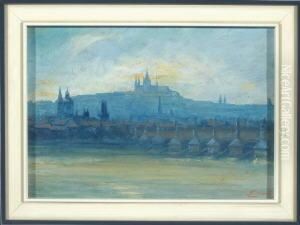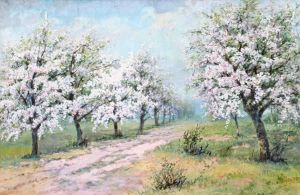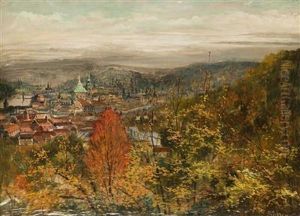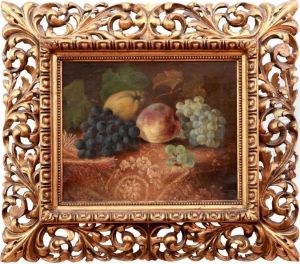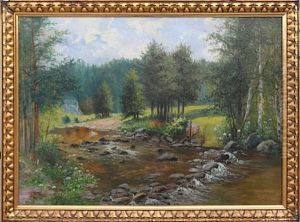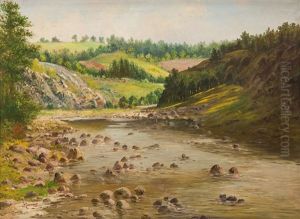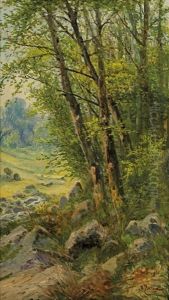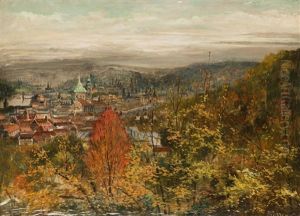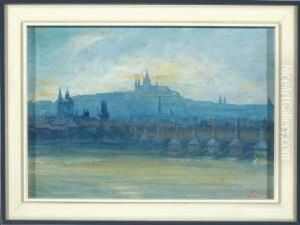Bohumil Jaros Paintings
Bohumil Jaros was a Czechoslovak painter and graphic artist whose work was significantly influenced by the political and social changes in Europe during the 20th century. Born in 1926, Jaros's formative years were marked by the turbulent times of World War II and the subsequent imposition of communist rule in Czechoslovakia. These events played a crucial role in shaping his artistic vision and thematic focus.
Jaros's early work was characterized by a search for personal expression within the constraints of socialist realism, the officially sanctioned style of art in communist countries. However, as his career progressed, he increasingly moved towards a more abstract and symbolic representation of themes related to freedom, human suffering, and the resilience of the human spirit. His paintings often featured stark, powerful imagery, with a keen attention to the emotional and psychological depth of his subjects.
Despite the oppressive political environment, Jaros managed to gain recognition for his artistic talents both within and outside Czechoslovakia. His works were exhibited in several countries, allowing him a measure of international exposure rare for artists from the Eastern Bloc. After the Velvet Revolution in 1989, which marked the end of communist rule in Czechoslovakia, Jaros's work received renewed attention as part of the broader reevaluation of Czech art and culture during the communist era.
Bohumil Jaros passed away in 1995, leaving behind a body of work that continues to be appreciated for its emotional intensity and its nuanced exploration of themes of oppression, freedom, and human dignity. His art remains an important part of the Czech cultural heritage and serves as a poignant reminder of the complex history of the 20th century in Central Europe.
